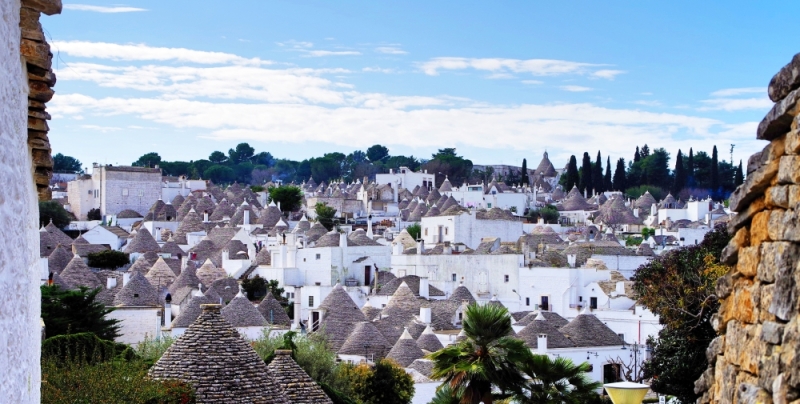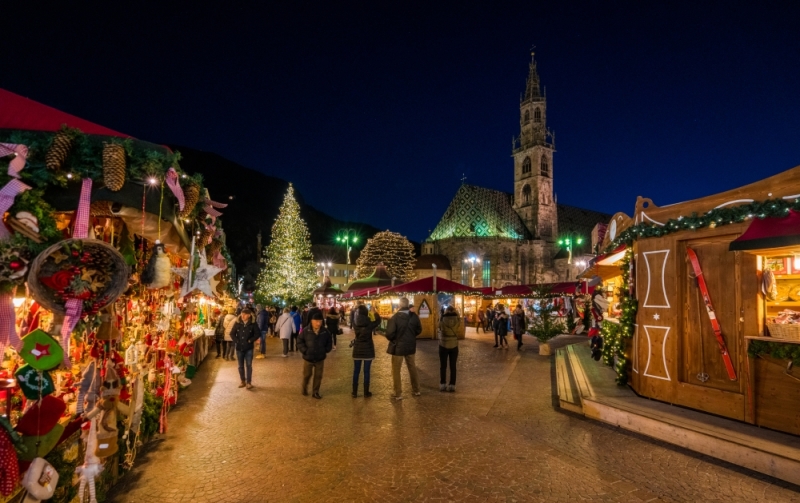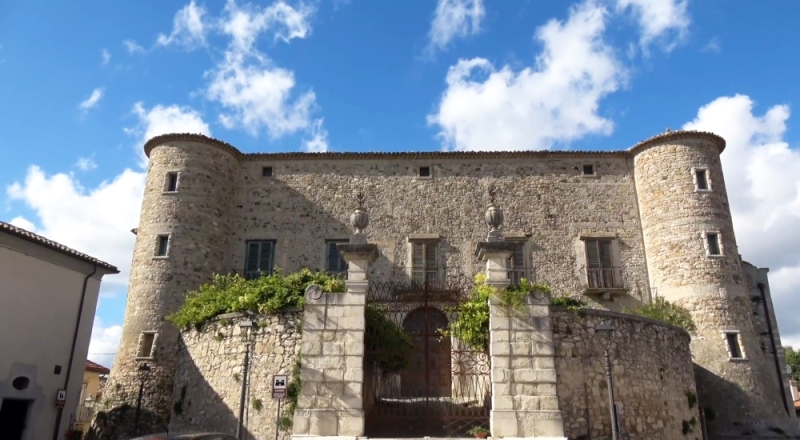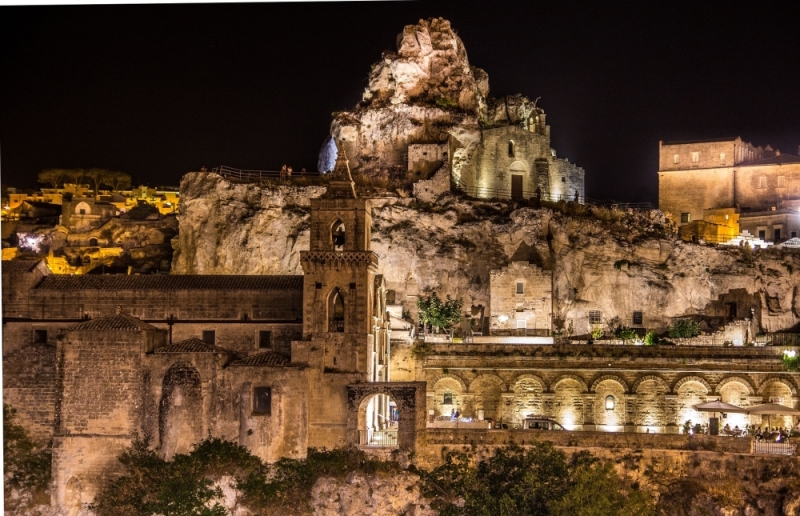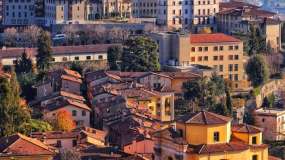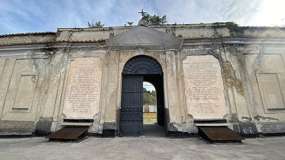Tourist Italy is certainly represented by destinations such as Rome, Venice, Florence, Milan and Naples, just to name a few, but there is certainly also a tourism sector, which has grown rapidly in recent years and which, apart from mass tourism, prefers the truest and still on a human scale, Italian villages. The Borghi are small centres, small villages scattered from North to South, pride of place, which preserve within their walls the slow rhythms of centuries of history, culture and traditions and for this reason able to attract Italian and foreign tourists looking for a "slow", experiential, relational, human-scale Tourism that heals and enriches the soul in drops and not in storm surges. A Tourist, that of the Villages, who favors quality, sensations, human relationships, personal and personalized experiences, who does not seek the optimization of time, typical of mass tourism, but lives it.
A visit to a village presupposes a different state of mind, because a village is lived with all the senses starting from the sense of smell in search of the typical perfumes, listening to the silence which is only interrupted here by the noise coming from the artisan shops that still practice ancient crafts . Places where you can walk looking with your heart rather than with your eyes. Places where you can live true experiences on a human scale, such as going to shave in an old barbershop for the sole pleasure of stopping and talking to the elderly of the town.
The Italian villages are nothing less than a real widespread, polycentric museum, the ideal destination for a trip out of town, for a weekend in the open air or for a journey through flavors and pleasures.
The Italian villages are nothing less than a real widespread, polycentric museum, the ideal destination for a trip out of town, for a weekend in the open air or for a journey through flavors and pleasures.
Attention to the villages demonstrates attention to sustainable, supportive and inclusive tourism, respectful of the environment, of the host communities and their identities. A resolutely green philosophy for conscious and low-impact tourism, made up of enchanting itineraries and riches to be rescued from abandonment. Yes, because visiting the Italy of ancient villages, unknown to many, means supporting and preserving places exposed to the risk of demographic and economic decline.
The villages of interest are an incredible architectural and human heritage; characteristic and picturesque pearls set in every corner of the Belpaese. In Italy there are more than 300 and sometimes they are tiny communities enclosed within walls of houses made of stone or tuff, lost on very green slopes or perched on the tops of impervious mountains from which bell towers, towers and castles of ancient memory soar. Other times they are seaside villages gathered in small coves created by the sea or overlooking small ports from which white or very colorful houses shine. All with their folklore, popular festivals, customs and traditions that have remained intact century after century. All with a story to tell just waiting to be heard. Among the smallest there is Cornello di Tasso in the Bergamo area and Ostana in the Piedmontese Upper Po Valley, which together do not reach 100 residents; among the most famous ones we find Capalbio, perched in the Tuscan Maremma, or Bobbio, Dolceacqua Bellano and Luserna Borghi inserted in splendid natural contexts. San Gimignano, Norcia, Nocera Umbra and Gesualdo as places rich in art and history, Civita di Bagnoregio unique in its kind, up to those villages such as Positano, Polignano a Mare, La Maddalena, Tropea, Otranto, Cefalù directly overlooking the sea.
In short, traveling through Borghi is not for everyone, it is a different kind of tourism that needs different, respectful tourists who love to live experiences rather than see places or things. Tourists who seek slow impact, aware of being guests and therefore respectful of places and people and who, in order to affect as little as possible, love to reach these destinations by different means, above all the train, even bringing their own bicycle with them, so as to be a alone with the nature and history of those places.

